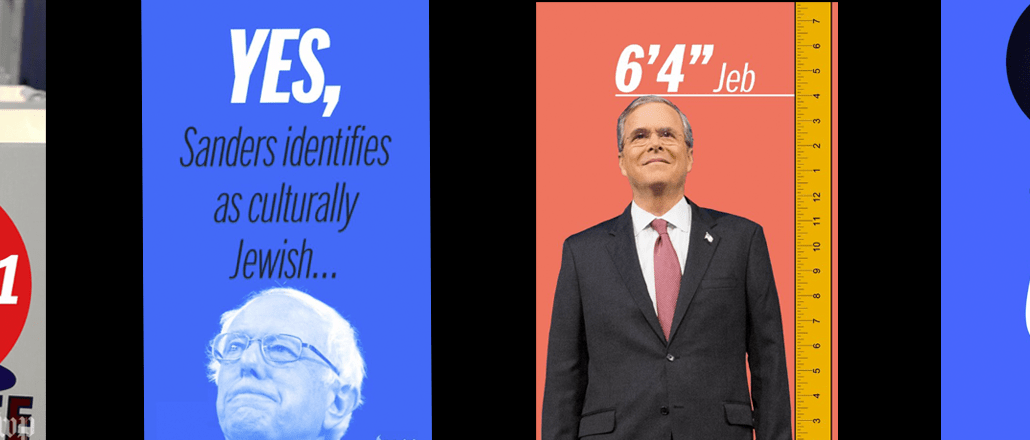
If vertical video is going to be the next big advertising formula, The Washington Post wants to get out in front of it. The Post hopes to help its advertisers create the new style of ad, made popular by Snapchat, and let clients run their custom videos anywhere that builds vertically, on desktop or mobile.
The Post’s video ad service, called FlexPlay, had its first campaign with Lincoln hit the website last month. Brands hand over their creative assets, and the Post’s ad tech team converts them into different formats, ready to run on desktop, mobile Web and in app.
Lincoln wanted to run vertical video that ran in the news stream on Washington Post’s mobile site, and in the vertical half-page position on desktop. The Washington Post’s tech and design team do the editing and can convert videos into vertical, 360 degree, and in the future virtual reality.
“We’re not just saying we’re jumping into vertical video; we’re already doing it editorially, and we’re actually doing it with brands,” said Jarrod Dicker, head of ad products at the Post. “And the reason why we’re able to be on the forefront of that and be able to do cross-platform is because of this technology.”
The average CPM for ads on The Post’s website ranges from $5 to $50 depending on how the ad is targeted and on what page it is served, Dicker said. For the custom ads, The Post charges an extra $3 CPM above the base price. Brands can run the creative elsewhere at whatever price they get through ad networks, plus the $3 premium for the Post. None of the advertisers have done so yet, but Dicker said he hopes that once clients see the performance, they’ll demand that rival publishers start running them.
“Publishers have historically and continue to offer creative services to clients and to agencies, where agencies are interested in working with them,”said Susan Bidel, a senior analyst at Forrester. “A minority of clients take them up on it because it’s time-consuming and doesn’t generally fit within their broader goals of scale.”
Just last week, Hearst launched its own vertical video ad unit for its mobile websites. Vertical video is becoming more pervasive as more millennials consume content only on their phones. It has also become more prevalent on desktop, too, as publishers like the Post run these ads in the half-page vertical position, which used to be only a static banner.
There are seven vertical ad campaigns in the works with brands, including ones with Bank of America and Raytheon, according to the Post. Some of those brands plan to run their vertical ads outside The Post’s properties, Dicker said. Early results show that the video ads, which run up to 15 seconds long, get a more than 50 percent completion rate, Dicker said.
The Post pushes the format in almost every sales call, Dicker said. His research and development team is comprised of eight people, supporting a larger sales organization of 60, mostly based in New York. He has five engineers, a designer and a user interface expert, helping build the platform.
“The technology we built was out of convenience to help our advertisers and brands enter a creative realm that otherwise would be hard for them to get into,” Dicker said.
More in Media

Meta AI rolls out several enhancements across apps and websites with its newest Llama 3
Meta AI, which first debuted in September, also got a number of updates including ways to search for real-time information through integrations with Google and Bing.

Walmart rolls out a self-serve, supplier-driven insights connector
The retail giant paired its insights unit Luminate with Walmart Connect to help suppliers optimize for customer consumption, just in time for the holidays, explained the company’s CRO Seth Dallaire.

Research Briefing: BuzzFeed pivots business to AI media and tech as publishers increase use of AI
In this week’s Digiday+ Research Briefing, we examine BuzzFeed’s plans to pivot the business to an AI-driven tech and media company, how marketers’ use of X and ad spending has dropped dramatically, and how agency executives are fed up with Meta’s ad platform bugs and overcharges, as seen in recent data from Digiday+ Research.





